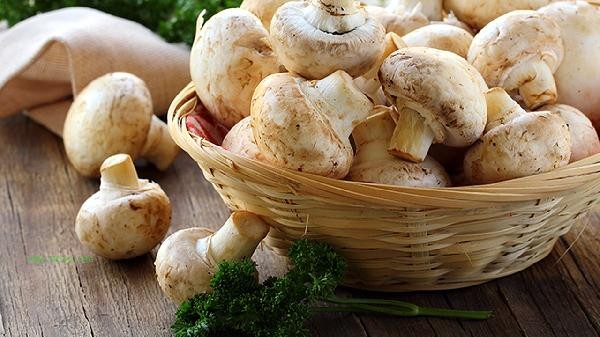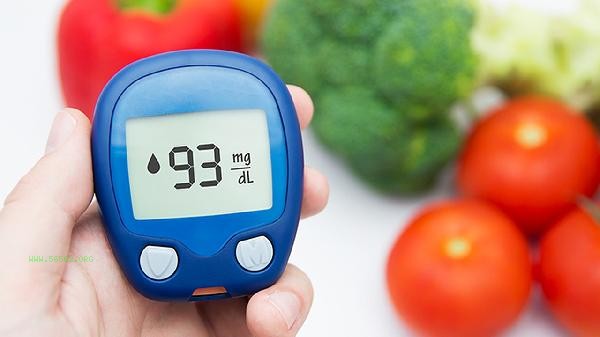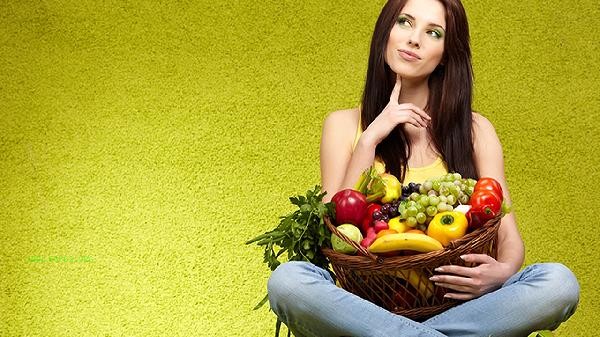Selecting fresh and high-quality vegetables and fruits can be achieved through methods such as observing appearance, smelling odors, touching texture, checking storage conditions, and understanding seasonality.

1. Observe appearance
Fresh vegetables and fruits usually have bright and natural colors, with no disease spots or mechanical damage on the surface. Green leafy vegetables have crisp leaves without wilting, and the surface of root vegetables is smooth without wrinkles. Melons and fruits should be selected as individuals with regular shapes and no obvious depressions or protrusions. Avoid choosing fruits and vegetables with abnormally bright colors or white powder on the surface, as there may be residual preservatives.
2. Smell
Fruits and vegetables with moderate maturity will emit a unique fragrance. Citrus fruits should have a rich fruity aroma, while melons can smell a sweet fragrance near the stem. Rotten fruits and vegetables can produce a sour or alcoholic taste. Some fruits and vegetables that have undergone chemical treatment may have a pungent odor, so special attention should be paid when purchasing.
3. Texture by touch
Fresh leafy vegetables should have a crisp and tender texture when lightly pinched, and the texture should be firm when pressed on the roots and stems. Mature fruits should have moderate elasticity when lightly pressed. If they are too hard, they may not be fully ripe, while if they are too soft, they may be too ripe. Berries should be selected with plump particles and no exudate. Please note that certain fruits such as kiwi and bananas need to be ripened later and may be slightly hard when purchased.

4. Check storage conditions
The freshness of leafy vegetables in the refrigerator is better, and root vegetables should be stored in a cool and ventilated place. Observing the frequency of restocking supermarket shelves, it is usually fresher to purchase in the morning. Bulk fruits and vegetables need to be checked for cleanliness in the storage environment, and pre packaged products should pay attention to shelf life and packaging integrity. Priority should be given to selecting varieties with cold chain protection during high temperatures in summer.
5. Understand seasonality
Seasonal fruits and vegetables are more nutritious and reasonably priced. Spinach and strawberries can be chosen in spring, watermelons and cucumbers are suitable for summer, apples and pumpkins are recommended in autumn, and citrus and radish can be chosen in winter. Off season fruits and vegetables may undergo long-distance transportation or special cultivation, resulting in differences in flavor and nutrition. Locally grown seasonal fruits and vegetables are fresher and more environmentally friendly.

It is recommended to prioritize local products of the current season when purchasing vegetables and fruits in daily life, and to use appropriate storage methods according to different types after purchase. It is recommended to consume leafy vegetables as soon as possible, root and stem vegetables can be stored in a cool place, and some fruits need to be ripened at room temperature. Rinse the surface with running water during cleaning, and soak raw fruits and vegetables before rinsing. Reasonable combination of fruits and vegetables of different colors can obtain more comprehensive nutrients, and dark vegetables usually contain more antioxidants. Special populations such as infants, pregnant women, or patients with chronic diseases can adjust their intake types and quantities according to nutritionists' recommendations.








Comments (0)
Leave a Comment
No comments yet
Be the first to share your thoughts!